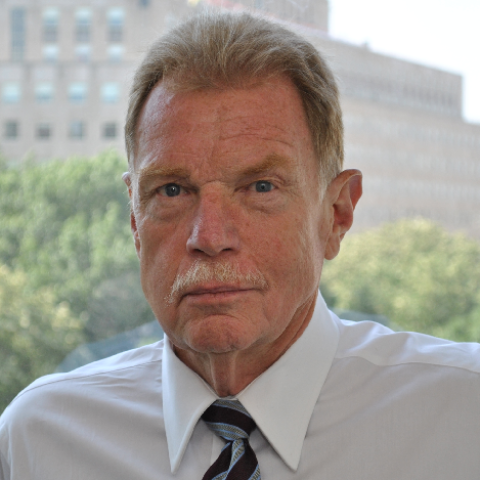The latest Health and Human Services (HHS) survey of drug use with state-level data showed a steep rise (22 percent) in regular marijuana use between 2011-12 and 2012-13 in the newly legalizing state of Colorado.
These results do not auger well for Colorado legalization, however there are grounds for caution regarding the policy meaning. The study ends with 2013 data, while marijuana legalization was not formally implemented until January 2014.
Clearly, a measurement that ends before the implementation of a program cannot tell us much about the impact of such implementation. Still, there may be some implications regarding deteriorating perceptions and norms in Colorado regarding marijuana.
The study in question represents state-level analysis by the HHS based on the annual National Survey on Drug Use and Health (NSDUH). Because the sample for states like Colorado is small, HHS combines two years of results to make the state-level estimate.
They then compare the combined data from 2011-12 to the combined data from 2012-13, thereby showing the sharp increase in regular use by the population 12 and older (the sub-set population 26 and older showed a staggering 33 percent increase in prevalence over the same time period).
Consistent with a tendency in the media to underplay disturbing findings regarding what is often termed the Colorado “experiment,” the Denver Post's reporting on the findings features Mark Kleiman, a UCLA professor who studies marijuana policy. Kleiman, who helped design a similar marijuana legalization program in the state of Washington, argues that the numbers are not “surprising, given what's going on the medical side.”
That is, Kleiman wishes to explain the increase not as an indication of changing attitudes due to recreational marijuana becoming legal and marketed in the state, but rather as a reflection of shifts in enrollments in a previous program enabling “medical marijuana” distribution.
Given that the HHS study period ended just before the launch of recreational marijuana in 2014, it does seem possible that changes in medical marijuana enrollment could be more important than shifts in norms regarding the drug.
Moreover, as many researchers have noted, medical marijuana, unlike the commercial recreational product, is not taxed and is hence cheaper (just as with the continuing black market product), leading to an apparent cross-over of those “recreating” to patient status.
But that change should simply reclassify existing users of the drug, not produce a dramatic 22 percent increase in total users. Further, how could this appeal to the medical population in Colorado explain the concurrent 20 percent rise in marijuana use in nearby Washington State, which also recently legalized marijuana?
The bigger problem is that, despite the claim, the sharp rise in marijuana users found in 2012-13 does not appear to be related to increases in medical marijuana users during the study period.
That’s because the steepest increase in medical marijuana patients in Colorado occurred from early 2009 through summer 2011, when the number of “patients” with state-approved medical marijuana registry ID cards soared from 5,000 to 128,000—that is, before the 2012-13 period in which NSDUH just reported the 22 percent increase in marijuana use. If Kleiman were right, and that increase in marijuana use owed to the “medical side,” we should expect to see not only more, but a lot more, medical marijuana users in 2012-13 compared with 2011-12. Instead, the average number of users within each period is virtually identical—106,000 in 2011-12 and 105,000 in 2012-13. Kleiman, therefore, is plainly wrong: a 1 percent decrease in medical marijuana ID holders does not account for a 22 percent increase in marijuana use among Coloradans, and we must reconsider the effects of changing norms and perceptions.
Equally troubling is the increase in heavy marijuana use, as Kleiman correctly notes, “The fraction of [monthly users] who are in fact daily users has gone way, way up.”
Finally, the study further sharpened our understanding of an additional claim made by some economists (and one seized upon by the pro-legalization New York Times) that marijuana and alcohol are possible “substitutes,” and that as marijuana use increases, there will perhaps be a decline in alcohol consumption.
Well, perhaps. However, the HHS study in Colorado found not only a 22 percent increase in marijuana use, but also found an accompanying increase of 11 percent in binge drinking. Quite possibly, one intoxicant may well lead to “enjoying” another. The implications for highway safety are hardly positive.
Overall, given the importance of these data to public policy, the discussion so far has been surprisingly opaque, with marijuana-friendly media explaining away carelessly data findings that call into question their narrative. Coloradans—and all Americans—deserve better.



















